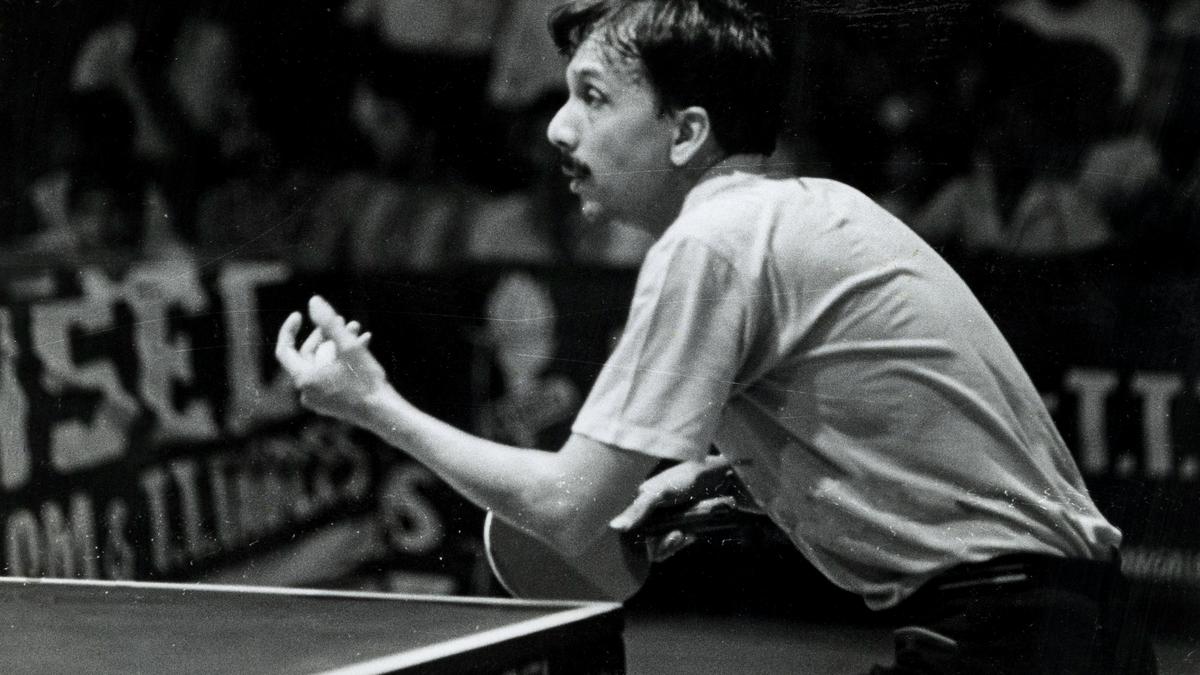1992 Olympics Special Interview – Kamlesh Mehta: When I conquered a Chinese at the Olympics
Table tennis was introduced into the Olympics in Seoul in 1988. We, as table tennis players, did not realise the importance of Olympics. We knew that the Olympics is a big, big event, but it hadn’t really struck. In fact, I was not to go for the qualifications in 1988. The federation asked me to pay for my airfare to Islamabad for the qualification event. I declined and went only after the whole issue was sorted out and qualified as well.
In 1992, once the importance had been underlined being an Olympic sport, there was a lot more focus from the government, and even the media. I remember before I went to the Olympics, there were so many people covering my training regime and all. That had never happened for any of the TT-related important events. The attention was different, so 1992 in that way was different. Even the qualification process was different from the one we had for 1988. It was very difficult to qualify since each group had six players from nine previously and depending on the overall standings, the highest-placed player from each country was assured of an automatic qualification and had the option of choosing the doubles partner.
Asia being a table tennis powerhouse, the qualification field was very challenging. I had a good outing, especially the win against a dominant Chiang Peng-Lung from Chinese Taipei that ensured a direct qualification and Chetan (Baboor) also earned the ticket. I then chose my old mate and partner Sujay Ghorpade as the doubles partner so the three of us went to Barcelona. There was no specific team camp for the Olympics in India. I trained abroad for a while before joining Sujay and Chetan in Barcelona. There was a huge change in the format. From eight players in a group in Seoul, it had been shrunk to four players in a group for the league stage, with only the group-topper progressing to the knockouts. I had Lu Lin — the multiple times Chinese national champion — in my group who was billed as China’s future star and Kim Taek-Su, the Korean legend along with a Latin American paddler.
It was a tough group and the very first match was against Lu Lin. I had competed against him in the qualification event knockouts and I thought I played my best table tennis, but was still nowhere close to stretching him. I lost convincingly in the qualifiers despite being at my best but in Barcelona, the tide had turned. Having played against him not long ago, I could plan a strategy along with coach Manjit Dua and the Chinese coach Lid Yang. I knew I had to remain at my peak and catch him off guard. The match was early in the morning and just like in Hong Kong, it ended in straight games. In my favour, though!
I had opened up a decisive 15-5 lead. He covered up quite a bit in the second game but the last service was in my hand at 20-15. He was attacking everything that was coming his way, so I literally served a simple service — a beginner’s service — and he hit it too hard and it went long. It resulted in a window of silence in the hall. I had beaten Lu Lin! A Chinese had lost a match in the Olympics, that too in the league stage. And I was the conqueror. I then beat the Latin American and lost to Kim Taek-Su despite stretching him to the decider. Had Lu Lin overcome Kim Taek-Su, it would have been a triple tie between us but Kim Taek-Su was on song. Not only did he beat Lu Lin but also went on to earn the bronze medal. I may not have qualified for the knockouts, we were not really medal prospects but I definitely had one of the highlights of my career at the Olympics. Lu Lin was a member of the gold-medal winning pair in men’s doubles in Barcelona and I had knocked him out!
I couldn’t stay back to watch other top stars in action as my wife Monalisa was due to deliver our second child, so there was an important medal waiting for me back home!
As told to Amol Karhadkar


